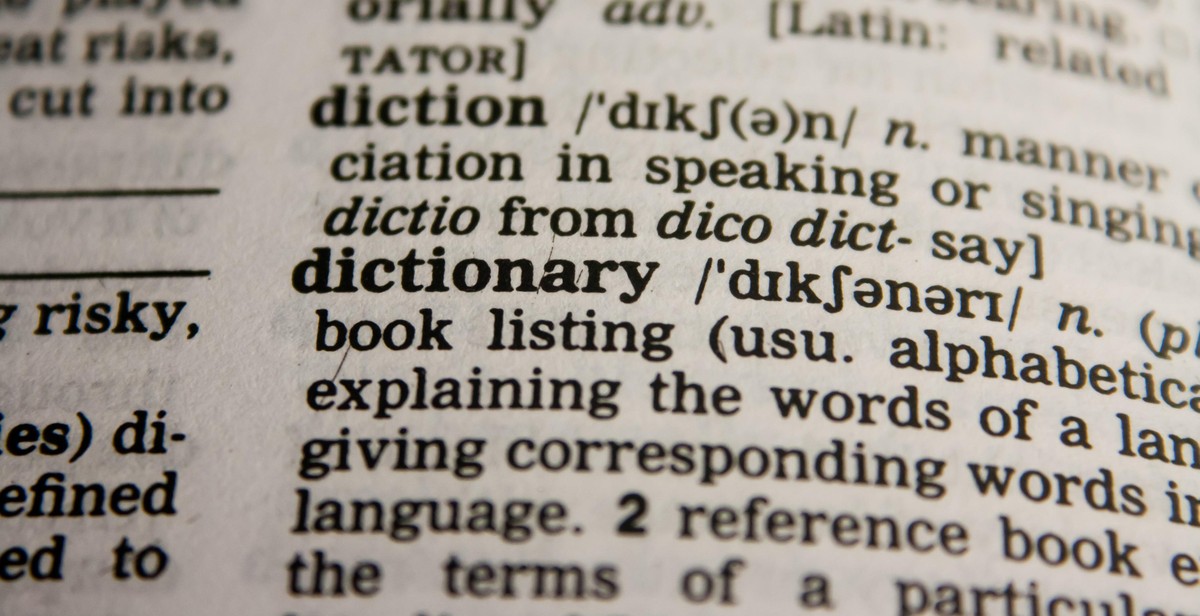How to Overcome Language Barriers: Effective Communication Strategies
Language barriers can be a significant obstacle to effective communication, especially in today’s globalized world. With the increasing diversity of the workforce, it’s essential to find ways to overcome these barriers to ensure that everyone can communicate effectively and work together towards common goals. In this article, we’ll explore some effective strategies for overcoming language barriers in the workplace and beyond.
The Importance of Overcoming Language Barriers
Language barriers can lead to misunderstandings, misinterpretations, and even conflicts, which can negatively impact productivity and relationships. It’s essential to overcome these barriers to ensure that everyone can communicate clearly and effectively, regardless of their native language.
Effective Communication Strategies
There are several strategies that can be used to overcome language barriers and improve communication, including:
- Using simple and clear language
- Using visual aids and nonverbal communication
- Providing translation services
- Using technology to facilitate communication
- Encouraging language learning and cultural awareness
By implementing these strategies, organizations can create a more inclusive and collaborative work environment, where everyone has the opportunity to communicate effectively and contribute to the success of the team.

Understanding Language Barriers
Language barriers refer to the challenges that arise when individuals cannot effectively communicate due to differences in language. These barriers can occur in various settings, including workplaces, schools, hospitals, and social gatherings. In today’s globalized world, language barriers are becoming more prevalent, and it is essential to understand their types and how to overcome them effectively.
Types of Language Barriers
There are several types of language barriers, including:
- Language proficiency barriers: These occur when individuals have limited knowledge of a particular language. For instance, a non-native speaker may struggle to understand complex vocabulary or idiomatic expressions, making communication difficult.
- Cultural barriers: These arise from differences in cultural norms and values. For example, in some cultures, direct eye contact is seen as a sign of respect, while in others, it is viewed as confrontational.
- Accents and dialects: These can make it challenging for individuals to understand each other, even when they speak the same language. Different accents and dialects can make words sound different, leading to confusion and misunderstandings.
- Technical language: This refers to jargon or specialized terminology used in specific fields such as medicine, law, or engineering. If individuals are not familiar with the technical language, it can be challenging to understand what is being communicated.
Overcoming Language Barriers
Effective communication is essential in overcoming language barriers. Here are some strategies that can be employed:
- Use simple language: When communicating with individuals who have limited language proficiency, it is essential to use simple language and avoid complex vocabulary or idiomatic expressions.
- Be aware of cultural differences: Being aware of cultural differences can help individuals avoid misunderstandings and communicate more effectively. It is essential to be respectful of other cultures and be willing to learn about them.
- Speak slowly and clearly: When communicating with individuals with different accents or dialects, it is essential to speak slowly and clearly to ensure that they can understand what is being communicated.
- Use visual aids: Visual aids such as pictures, diagrams, or videos can help individuals understand complex concepts, even if they do not speak the same language.
- Provide translation services: Providing translation services such as interpreters or translation software can help individuals communicate effectively, even if they do not speak the same language.
| Language Barriers | Overcoming Strategies |
|---|---|
| Language proficiency barriers | Use simple language |
| Cultural barriers | Be aware of cultural differences |
| Accents and dialects | Speak slowly and clearly |
| Technical language | Use visual aids and provide translation services |
By understanding the types of language barriers and employing effective communication strategies, individuals can overcome language barriers and communicate more effectively, leading to better relationships and improved outcomes.

Effective Communication Strategies
Communication is an essential aspect of our daily lives, and it becomes even more crucial when dealing with language barriers. Whether you are traveling to a foreign country or working with non-native speakers, effective communication strategies can help you overcome language barriers. Here are some effective communication strategies to consider:
Learn Basic Phrases
Learning some basic phrases in the language of the person you are communicating with can go a long way in bridging the language gap. This will show that you are making an effort to communicate and understand them better. Simple phrases like greetings, pleasantries, and common expressions can go a long way in building a connection with the other person.
Use Simple Language
Using simple language is another effective communication strategy when dealing with language barriers. Avoid using complex vocabulary, idioms, or slang that might be difficult to understand. Instead, use simple and clear language that is easy to comprehend.
Speak Slowly and Clearly
When speaking with non-native speakers, it is essential to speak slowly and clearly. This will give the other person time to process what you are saying and respond accordingly. Also, avoid speaking too loudly or too softly, as this can make it difficult for the other person to hear you.
Use Visual Aids
Visual aids such as pictures, charts, and diagrams can help to convey your message more effectively. This is particularly useful when dealing with complex ideas or technical terms that might be difficult to explain in words. Visual aids can help to simplify your message and make it easier to understand.
Be Patient
Patience is key when dealing with language barriers. It takes time for non-native speakers to process what you are saying and respond accordingly. Avoid interrupting or finishing their sentences, as this can be perceived as rude. Instead, give them time to express themselves fully, and be patient when listening to their responses.
By implementing these effective communication strategies, you can improve your communication skills and overcome language barriers. Remember to be respectful, patient, and open-minded when communicating with non-native speakers, and you will build stronger connections and relationships.

Breaking Down Language Barriers in Specific Situations
Language barriers can be particularly challenging in specific situations such as the workplace, healthcare, education, and traveling. Here are some effective communication strategies to overcome language barriers in these situations:
In the Workplace
Language barriers in the workplace can lead to miscommunication, decreased productivity, and even safety hazards. Here are some strategies to break down language barriers in the workplace:
- Provide language training: Employers can provide language training programs to employees who speak different languages. This can help employees communicate effectively and build stronger relationships.
- Use visual aids: Visual aids such as charts, diagrams, and pictures can help convey information across language barriers. This can be particularly useful in industries such as manufacturing and construction where safety is a concern.
- Use translation tools: There are many translation tools available today that can help employees communicate effectively. From online translation services to mobile apps, these tools can help employees overcome language barriers in real-time.
In Healthcare
Language barriers in healthcare can lead to misunderstandings, misdiagnosis, and even medical errors. Here are some strategies to break down language barriers in healthcare:
- Provide interpreter services: Healthcare providers can provide interpreter services to patients who speak different languages. This can help ensure that patients receive accurate information and that their needs are met.
- Use translated materials: Healthcare providers can use translated materials such as brochures, posters, and videos to communicate with patients who speak different languages.
- Use technology: There are many technological tools available today that can help healthcare providers communicate with patients who speak different languages. From translation apps to video conferencing, these tools can help healthcare providers provide quality care to all patients.
In Education
Language barriers in education can lead to academic difficulties, social isolation, and even dropout rates. Here are some strategies to break down language barriers in education:
- Provide language support: Schools can provide language support programs to students who speak different languages. This can include ESL classes, tutoring, and language immersion programs.
- Use bilingual resources: Schools can use bilingual resources such as textbooks, websites, and instructional materials to help students who speak different languages.
- Encourage cultural exchange: Schools can encourage cultural exchange programs where students can learn about different cultures and languages. This can help promote understanding and respect among students.
While Traveling
Language barriers while traveling can lead to frustration, confusion, and even safety hazards. Here are some strategies to break down language barriers while traveling:
- Learn basic phrases: Learning basic phrases in the local language can help travelers communicate effectively. Phrases such as “hello,” “thank you,” and “where is the bathroom?” can go a long way.
- Use translation apps: There are many translation apps available today that can help travelers communicate with locals who speak different languages.
- Use visual aids: Using visual aids such as maps, pictures, and gestures can help travelers communicate effectively. For example, pointing to a picture of food can help a traveler order a meal without speaking the local language.
| Situation | Effective Strategies |
|---|---|
| In the Workplace | Provide language training, use visual aids, use translation tools |
| In Healthcare | Provide interpreter services, use translated materials, use technology |
| In Education | Provide language support, use bilingual resources, encourage cultural exchange |
| While Traveling | Learn basic phrases, use translation apps, use visual aids |

Conclusion
Language barriers can be a significant challenge in today’s globalized world, but with effective communication strategies, it is possible to overcome them. The key is to be patient, understanding, and willing to learn. By following the tips outlined in this article, you can improve your communication skills and bridge the gap between different languages and cultures.
Key takeaways
- Effective communication is essential to overcoming language barriers.
- Active listening, visual aids, and nonverbal communication can help improve communication.
- Learning a few key phrases in another language can go a long way in building rapport.
- Technology can be a useful tool for communication, but it’s essential to use it appropriately.
- Cultural sensitivity and respect are critical to effective communication.
Going forward
As the world becomes increasingly interconnected, the ability to communicate effectively across languages and cultures is becoming more important than ever. By implementing the strategies outlined in this article, you can improve your communication skills and build stronger relationships with people from different backgrounds. Remember, effective communication is a two-way street, so be patient, open-minded, and willing to learn.
| Strategy | Benefits |
|---|---|
| Active listening | Improved understanding and empathy |
| Visual aids | Enhanced comprehension and engagement |
| Nonverbal communication | Improved rapport and connection |
| Learning key phrases in another language | Building trust and respect |
| Cultural sensitivity and respect | Stronger relationships and communication |
